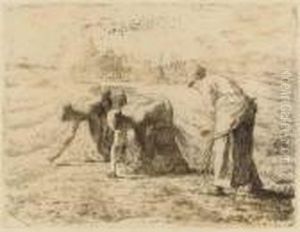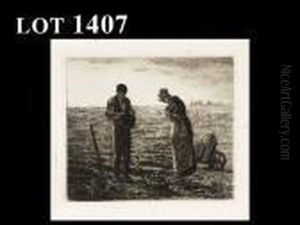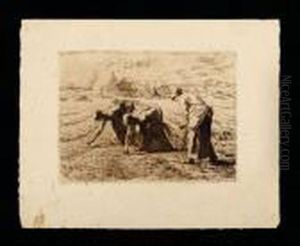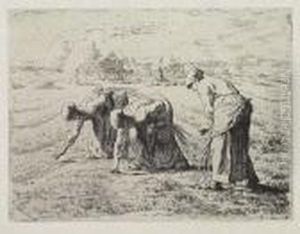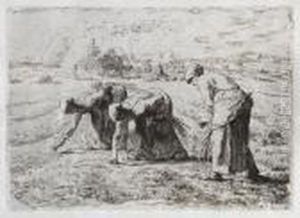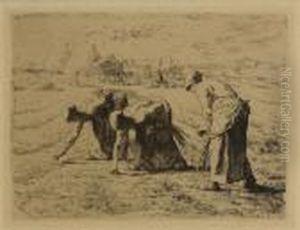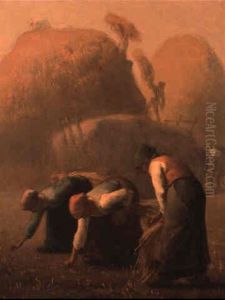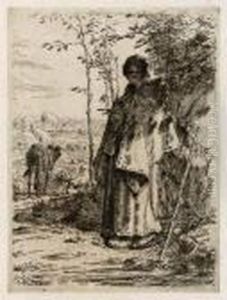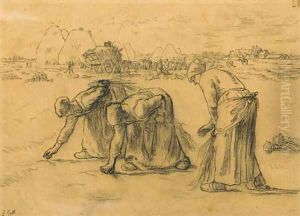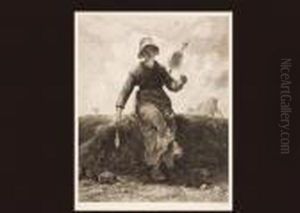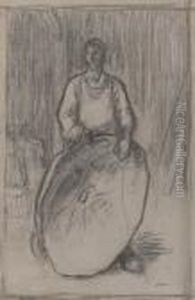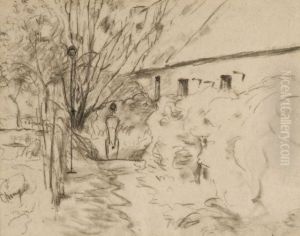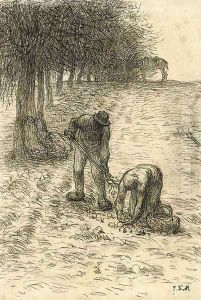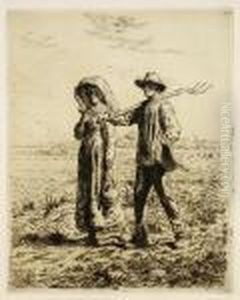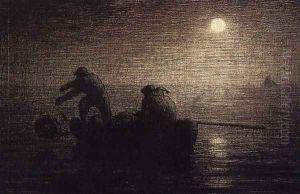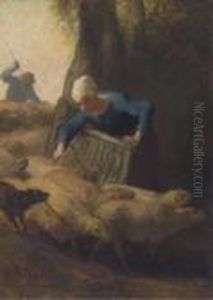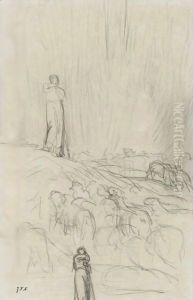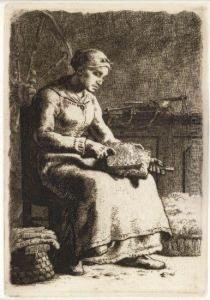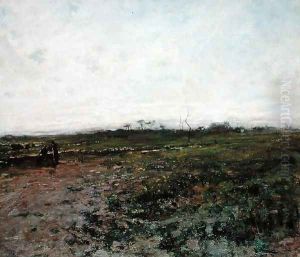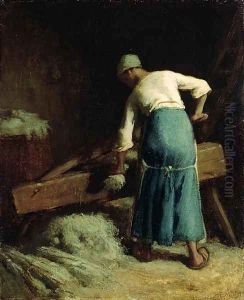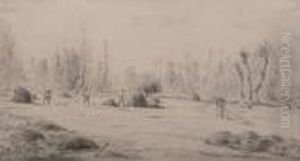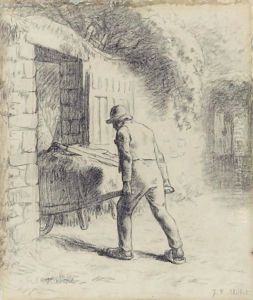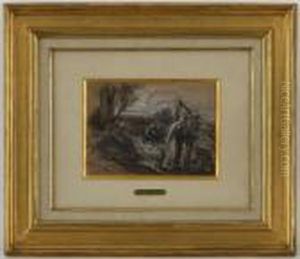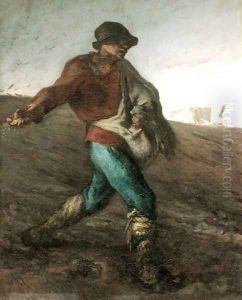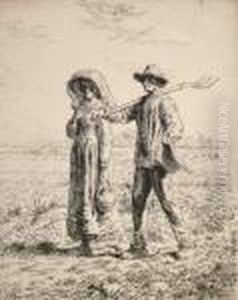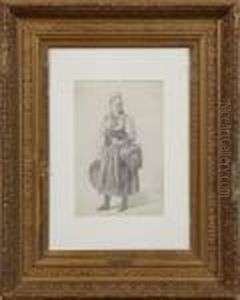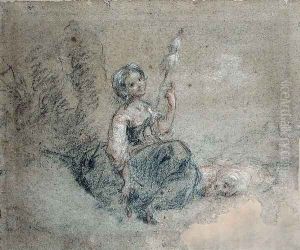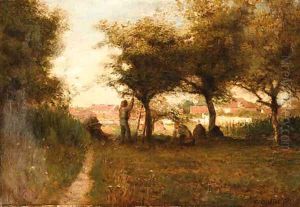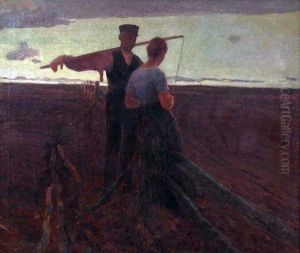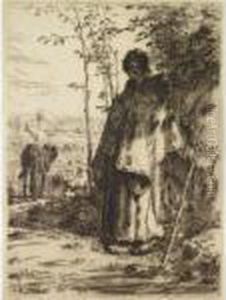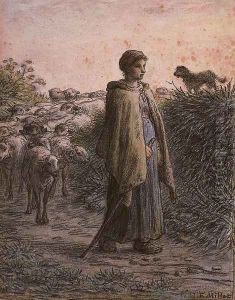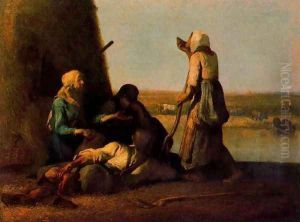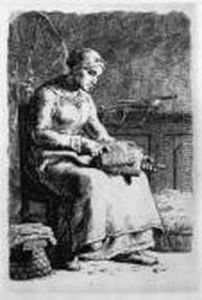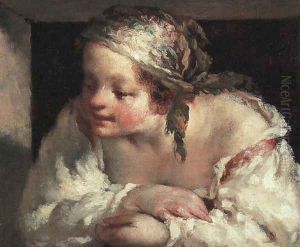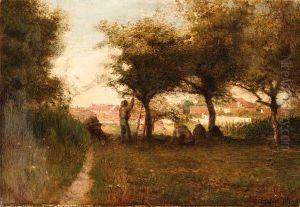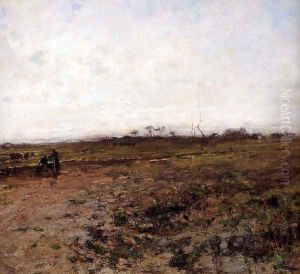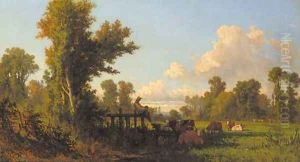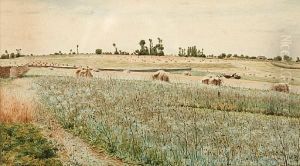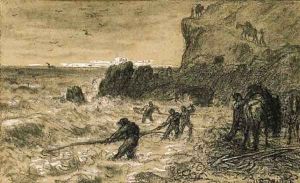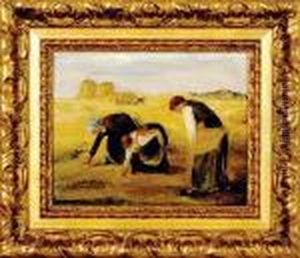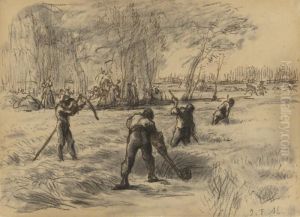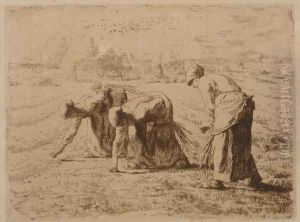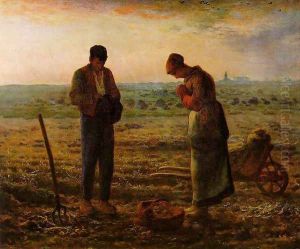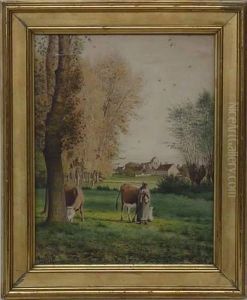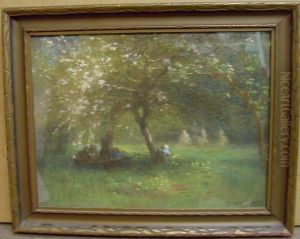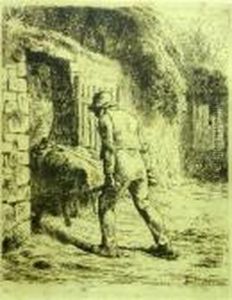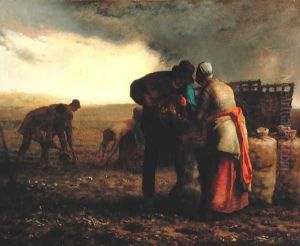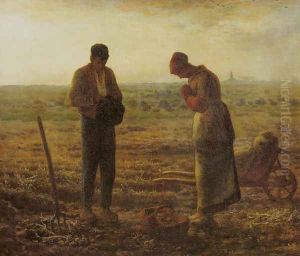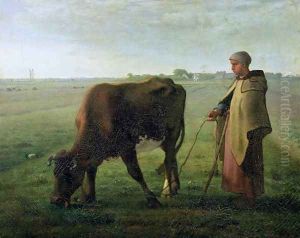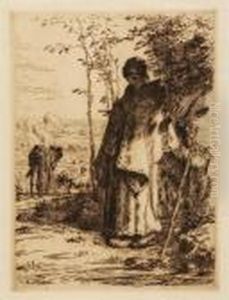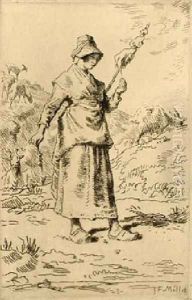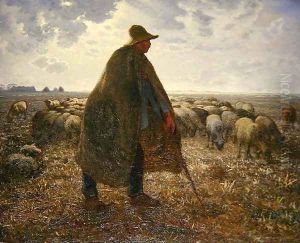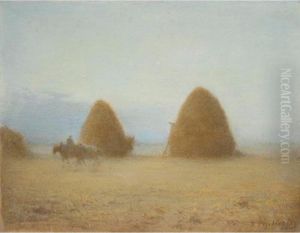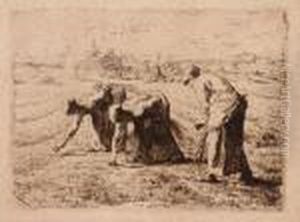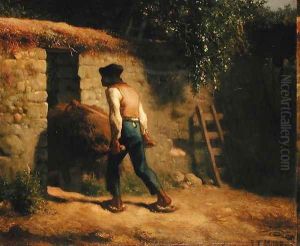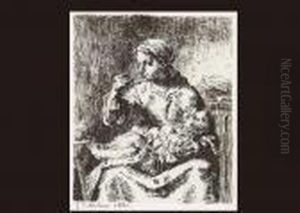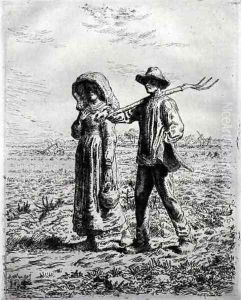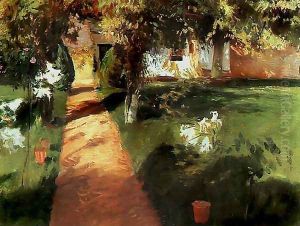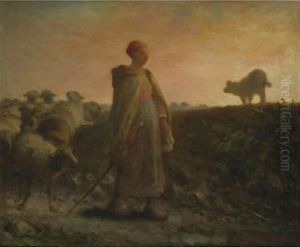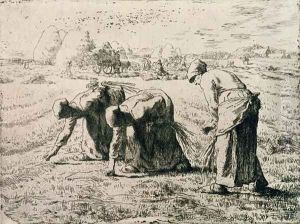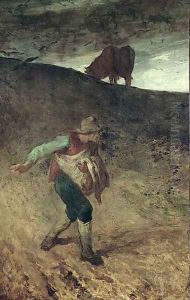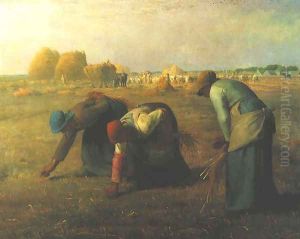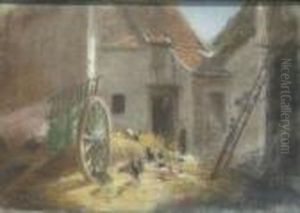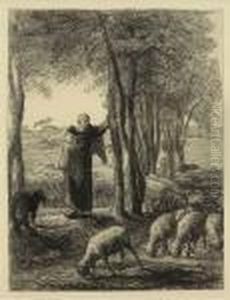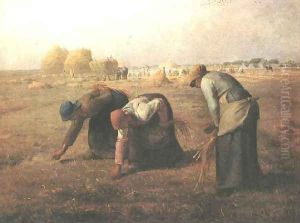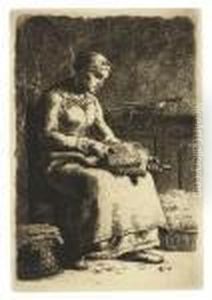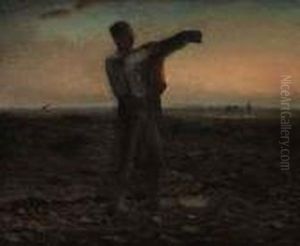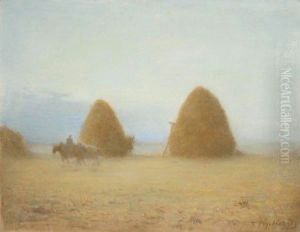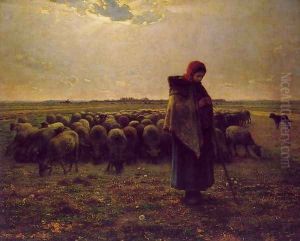Jean-Francois Millet Paintings
Jean-François Millet was a French painter and one of the founders of the Barbizon school in rural France. Millet is noted for his scenes of peasant farmers; he can be categorized as part of the Realism art movement. Born on October 4, 1814, in Gréville-Hague, Normandy, Millet came from a family of peasant farmers. He displayed a proclivity for art from an early age and was sent to study with a portrait painter in Cherbourg.
In 1837, Millet went to Paris and enrolled at the École des Beaux-Arts, initially studying under Paul Delaroche. However, Millet struggled financially and faced significant hardship, returning to his family for a brief period before moving back to Paris in 1841. During this time, he married and started a family, but tragedy struck with the death of his first wife and some of his children.
Millet's work initially focused on mythological and allegorical themes, but he soon shifted towards depicting the rural life he knew well. His first success came with 'The Winnower' (1848), exhibited at the Salon. By the 1850s, Millet began to gain recognition for his work, which was characterized by its empathy for the peasant class and the dignity he conveyed in scenes of rural labor.
One of his most famous works is 'The Gleaners' (1857), which portrays three peasant women gleaning a field of stray grains of wheat after the harvest. Another notable work is 'The Angelus' (1859), which shows a peasant couple praying at dusk in a field. These paintings reflect Millet's concern with the hardships of peasant life and their connection to the land.
Millet's influence extended beyond his own era. He was an inspiration for many Impressionist artists, including Vincent van Gogh, who admired Millet's depictions of the working class. Despite his influence, Millet did not achieve significant financial success during his lifetime, and he continued to live modestly.
Millet died on January 20, 1875, in Barbizon, France, where he had lived and worked for much of his later life. His legacy is marked by his contributions to the Realism movement and his compassionate portrayal of peasant subjects. His works are held in high esteem and can be found in major museums around the world.
